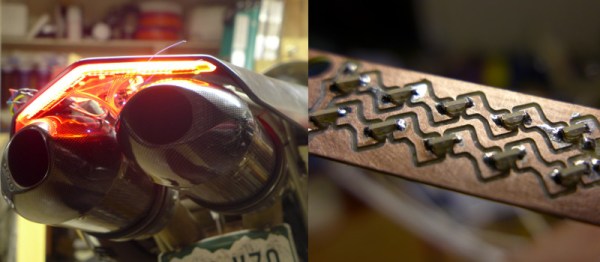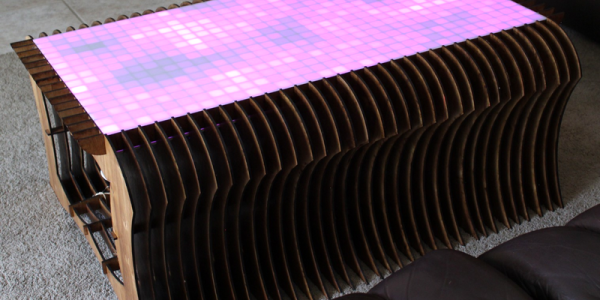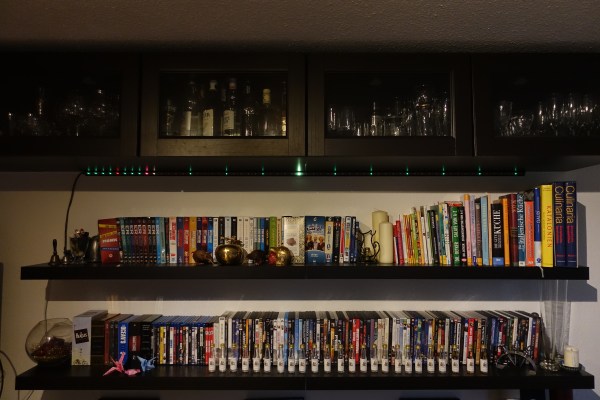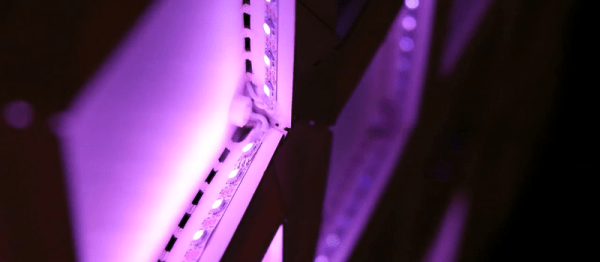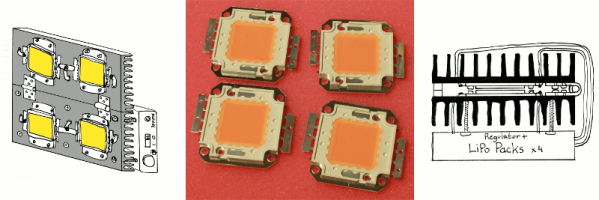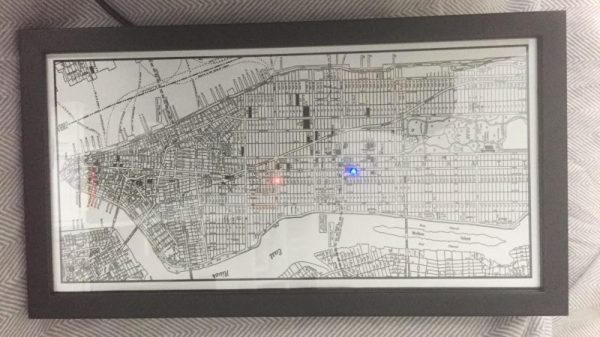Motorcycles are hard to see at the best of times, so riders are often concerned with making themselves as visible as possible at all times. [Josh] wanted to do this by creating a custom tail light for his Ducati 749.
The tail light is based around SMD LEDs, mounted in acrylic to diffuse the light. The construction is beautiful, using custom PCBs and carefully machined acrylic to match the lines of the bike.
As far as warning lights go, a brighter light will be more obvious in the day time, but could actually hinder visibility at night by blinding other road users. To this end, [Josh] built the tail light around an ATtiny 45, which could be programmed with various routines to optimise the light level depending on ambient conditions. Another feature is that the light’s brightness pulses at high frequency in an attempt to attract the eye. Many automakers have experimented with similar systems. The ATtiny controls the lights through a PCA9952 LED controller over I2C. This chip has plenty of channels for controlling a bunch of LEDs at once, making the job easy.
Overall, it’s a very tidy build that lends a very futuristic edge to the bike. We’ve seen [Josh]’s work in this space before, too – with this awesome instrument display on a Suzuki GSX-R.

